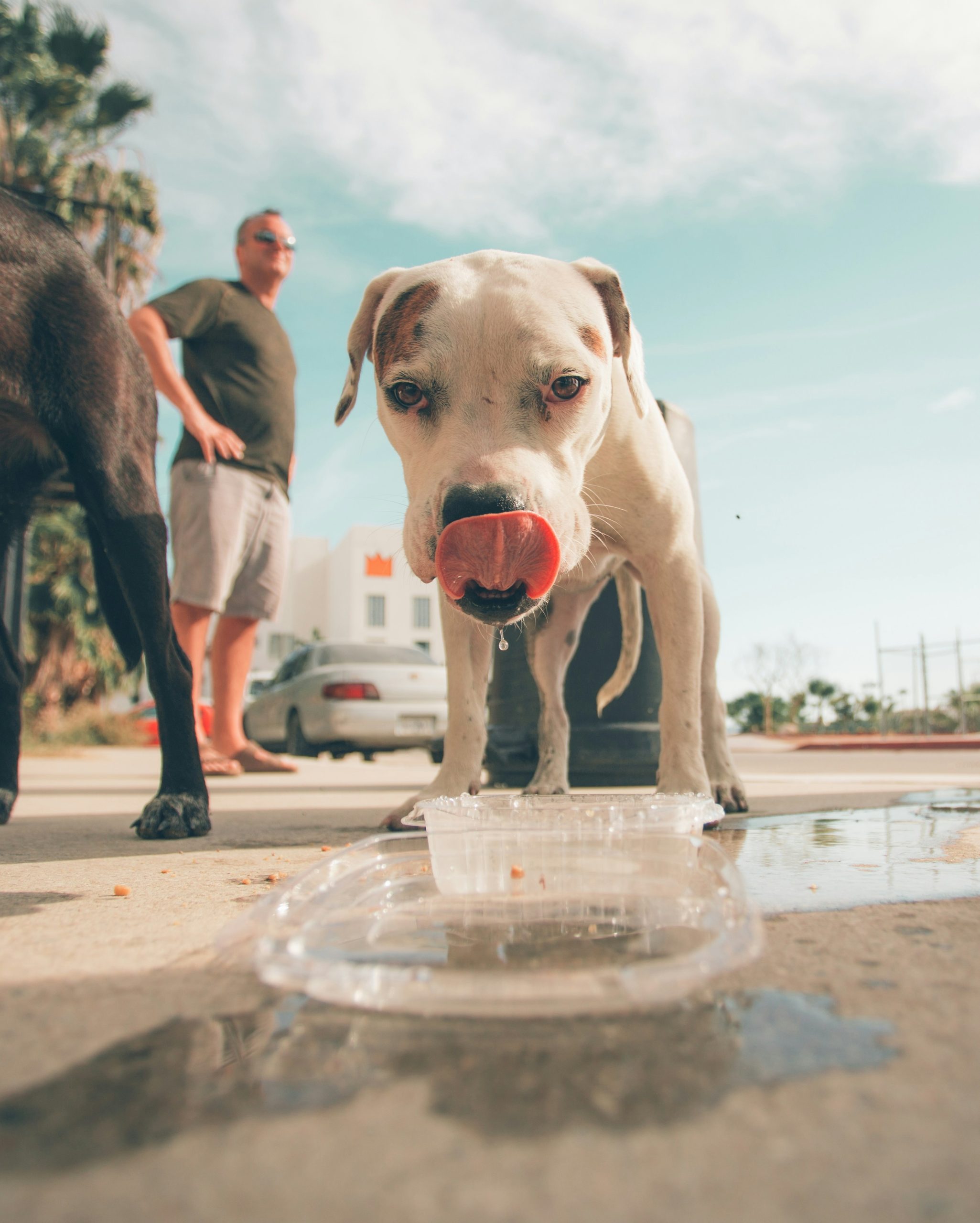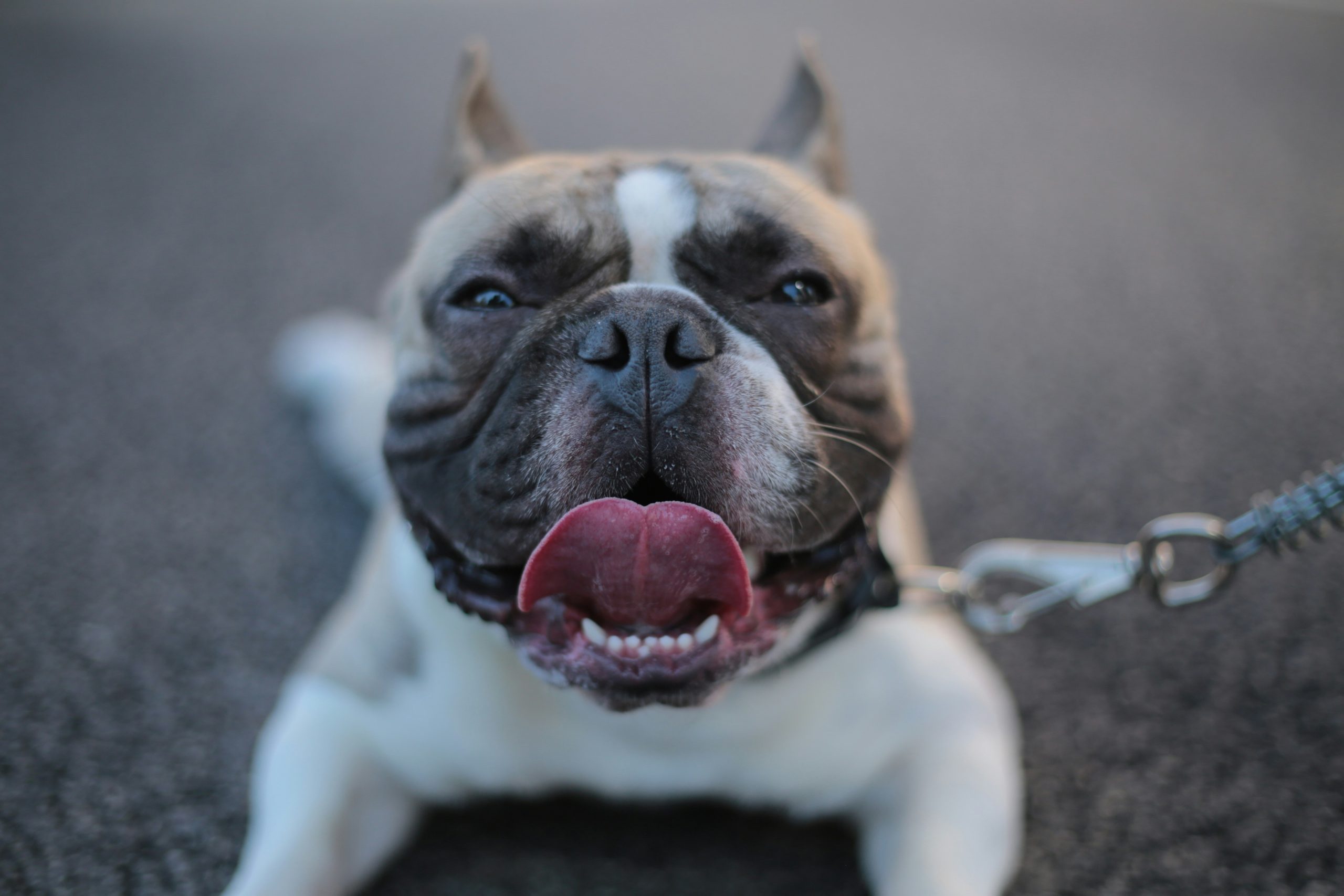Protecting Your Pup: Essential Tips to Prevent Heat Stroke in Dogs
Preventing Heat Stroke in Dogs: Tips and Guidelines – Learn how to protect your furry friend from heat stroke by understanding the signs, risk factors, preventive measures, and first aid guidelines.
Introduction to Heat Stroke in Dogs
Heat stroke in dogs is a life-threatening condition that can occur when their body temperature rises above the normal range, typically above 104°F. This elevated body temperature can lead to organ damage, seizures, and even death if not promptly addressed. For example, heavy panting, difficulty breathing, lethargy, and excessive drooling are crucial signs that a dog may be experiencing heat stroke and requires immediate attention.
Certain dogs are more prone to heat stroke, such as very old or young dogs, those with thick coats, and brachycephalic breeds like pugs, bulldogs, and boxers, due to their limited ability to regulate body temperature effectively. The risk of heat stroke is heightened during hot and humid weather, vigorous exercise, or when dogs are left in hot cars. Therefore, educating oneself about the specific vulnerabilities of different dog breeds is essential to take proactive measures and prevent heat stroke incidents. Understanding the gravity of heat stroke and its potential consequences emphasizes the importance of implementing preventive strategies to protect our furry friends from this dangerous condition.
Signs and Symptoms of Heat Stroke in Dogs
Recognizing the signs and symptoms of heat stroke in dogs is crucial for prompt intervention and treatment. In addition to restlessness, drooling, and red gums, heavy panting is a common indicator of heat stroke in canines. For example, if a dog has been exposed to high temperatures or strenuous physical activity and starts exhibiting these symptoms, it is essential to take immediate action to prevent the condition from worsening.
Moreover, as heat stroke progresses, dogs may experience more severe manifestations such as confusion, weakness, collapse, and seizures. These advanced stages of heat stroke can be life-threatening and require urgent veterinary attention. By being aware of these critical signs, pet owners can act swiftly to provide the necessary care and potentially save their dog’s life. Therefore, staying vigilant and observant of any abnormal behaviors or symptoms, particularly during hot weather or after exercise, is paramount in ensuring the well-being of canine companions.
Risk Factors for Heat Stroke in Dogs
Heat stroke can affect any dog, but certain factors can increase the vulnerability of some dogs to this potentially life-threatening condition. Dogs with pre-existing health issues such as respiratory problems or heart conditions are at higher risk of experiencing heat stroke. For example, a dog with a compromised respiratory system may struggle to pant effectively, which is their primary way of cooling down, leading to an increased risk of overheating.
In addition to underlying health concerns, overweight and elderly dogs face challenges in regulating their body temperature efficiently, making them more prone to heat-related illnesses like heat stroke. For instance, an overweight dog may have excess insulation from fat, hindering heat dissipation, while an older dog may have a decreased ability to cope with temperature fluctuations due to age-related physiological changes. Understanding these risk factors is crucial for dog owners to tailor preventive strategies and ensure the well-being of their furry companions.
Preventive Measures to Avoid Heat Stroke
Preventing heat stroke in dogs goes beyond the obvious measures and requires a holistic approach to ensure the well-being of our furry friends. In addition to restricting exercise on warm days and offering cool drinking water, creating a comfortable environment indoors is crucial, especially for breeds prone to heat stroke. For example, using fans or air conditioning during hot weather can significantly help in maintaining a cool temperature for dogs indoors, reducing the risk of overheating.
Moreover, educating oneself about the specific needs of different dog breeds is paramount in preventing heat-related issues. For instance, brachycephalic breeds like Bulldogs and Pugs have a harder time cooling down due to their unique facial structure. Therefore, extra precautions such as ensuring they have access to shaded areas and avoiding strenuous activities during peak temperatures are vital in safeguarding these breeds from heat stroke. By tailoring preventive measures to the individual requirements of each breed, dog owners can proactively protect their pets from the dangers of heat stroke.
First Aid Guidelines for Heat Stroke in Dogs
When providing first aid to a dog suffering from heat stroke, it is essential to act swiftly and effectively. One method recommended is to cool the dog gradually by pouring cool water over them, focusing on areas like the head, neck, and underarms, where major blood vessels are closer to the surface, aiding in heat dissipation. Additionally, avoiding the use of wet towels is crucial as they can trap heat and impede the cooling process, potentially exacerbating the condition.
Moreover, seeking immediate veterinary attention is paramount for dogs experiencing heat stroke. Veterinary care is crucial to assess the severity of the heat stroke, provide appropriate medical interventions, and monitor the dog’s progress towards recovery. Veterinarians may administer intravenous fluids, monitor the dog’s vital signs, and offer supportive care to address any complications arising from the heat stroke.
Furthermore, recognizing the early signs of heat stroke and taking prompt action play a pivotal role in the dog’s recovery process. Being vigilant for symptoms such as heavy panting, restlessness, excessive drooling, and elevated heart rate can aid in early detection. By intervening swiftly, dog owners can prevent the progression of heat stroke to more severe stages, such as confusion, weakness, collapse, and seizures, ultimately improving the chances of a positive outcome for the affected pet.
Specific Dog Breeds Prone to Heat Stroke
Brachycephalic breeds such as Bulldogs and Boxers, characterized by their flat faces and shortened airways, are especially prone to heat stroke. These breeds struggle to regulate their body temperature efficiently due to their anatomical structure, making them more susceptible to overheating during hot weather or intense physical activity. For example, Bulldogs have a compromised respiratory system, which hinders their ability to pant effectively and cool down, putting them at a higher risk of heat-related illnesses.
Similarly, small breeds like Chihuahuas are also at an increased risk of heat stroke, particularly in hot and humid conditions. Despite their diminutive size, Chihuahuas can struggle to dissipate heat adequately, making them vulnerable to heat exhaustion and potentially lethal heat stroke. For instance, their small body mass relative to their surface area makes it harder for them to release excess heat, especially when exposed to high temperatures for extended periods. It is crucial for owners of these breeds to be aware of these inherent risks and take proactive steps to prevent heat-related issues, such as ensuring access to shade, providing cool water, and avoiding vigorous exercise in extreme heat.
Concluding Remarks on Preventing Heat Stroke in Dogs
Preventing heat stroke in dogs is a fundamental responsibility for pet owners to ensure the safety and well-being of their furry friends. By following the guidelines and tips provided, such as restricting exercise on warm days and offering access to cool drinking water, dog owners can significantly decrease the chances of their pets suffering from heat-related illnesses. For example, providing shaded areas in the backyard or using cooling mats during hot weather can offer relief to dogs and help prevent them from overheating.
Moreover, proactive measures go beyond physical interventions and extend to understanding the specific needs of different dog breeds. For instance, brachycephalic breeds like Bulldogs and Pugs are more vulnerable to heat stroke due to their limited ability to cool down by panting. By being aware of these breed-specific characteristics and vulnerabilities, dog owners can tailor their preventive strategies accordingly, such as avoiding excessive exercise in hot weather for breeds that are more prone to heat stroke. Adopting a holistic approach that combines environmental modifications, breed-specific care, and regular monitoring can play a vital role in mitigating the risks associated with heat stroke in dogs.




